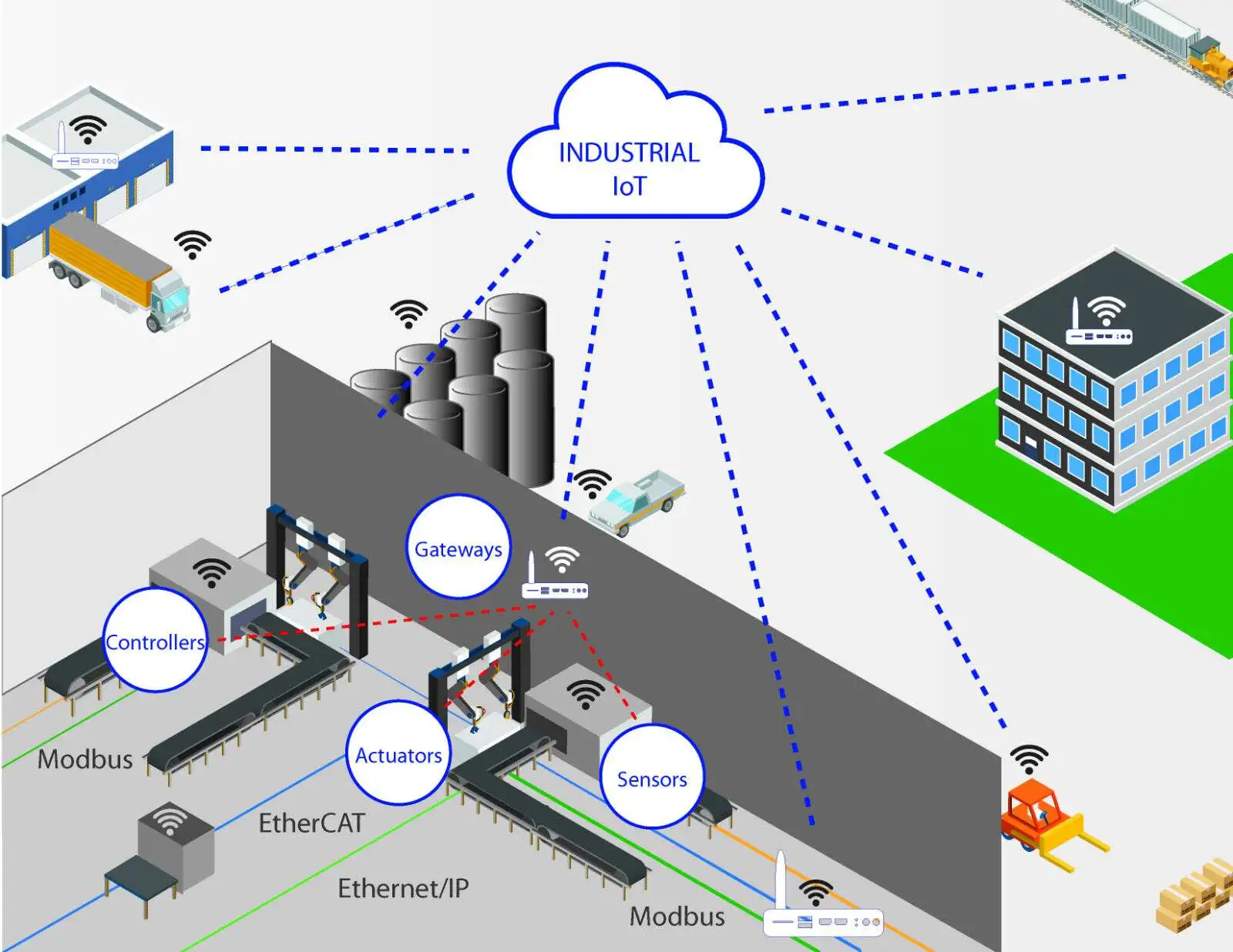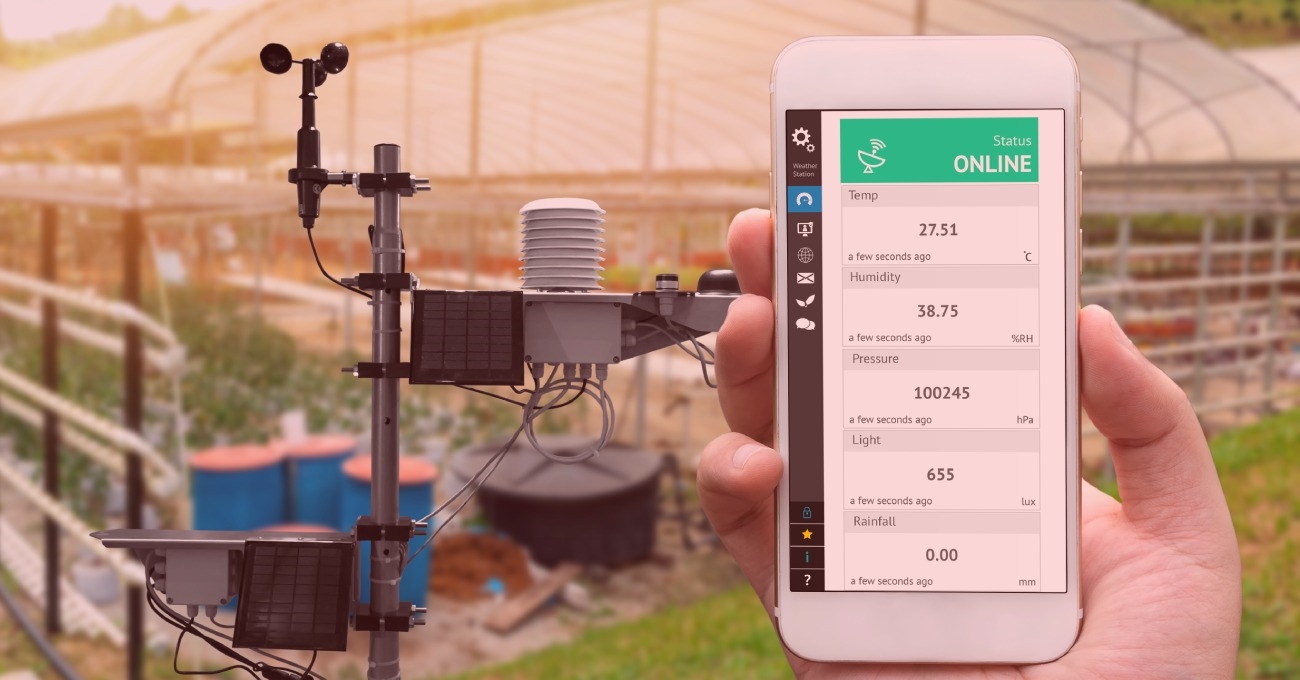Smart technologies, from IoT sensors to AI-driven analytics, are transforming urban environments worldwide. Cities are adopting applications like smart communities, security, traffic management, tourism, and environmental monitoring to enhance efficiency and quality of life.
For example, Beijing is advancing its smart city initiatives with a virtual card integrating identity, social security, health, and education data. The city also employs real-time road network modeling and plans to develop smart museum projects. Similarly, Gilbert, a town in Arizona, is pursuing digital transformation to provide residents with reliable internet access for remote work and online municipal interactions, aiming to deliver seamless digital services.
Cybersecurity Challenges in Smart Cities
With innovation comes risk. Governments and municipalities are frequent targets of cyberattacks, such as ransomware, which increasingly focus on stealing sensitive data rather than encrypting files. This trend underscores the urgent need for robust cybersecurity measures in smart cities, making it a top priority for urban administrators.
Gilbert¡¯s approach exemplifies how cities can address these threats. Facing rising ransomware and other cyberattacks, the town implemented advanced data protection solutions to enhance its cyber resilience and recovery capabilities.
Layered Data Protection Strategies
Gilbert established a physically isolated air-gapped vault to safeguard critical data, separated from the town¡¯s network. A key component of its layered defense is a machine learning-based analytics tool that monitors data integrity within the vault, detecting issues like encryption, corruption, known malware, or mass file deletions.
This solution, built on data protection appliances, ensures data confidentiality, integrity, and availability. It provides data isolation, governance, automated replication, and integrity verification. Adaptive analytics and machine learning help identify suspicious activities, while recovery tools enable restoration of verified data, minimizing downtime and restoring critical operations.
The air-gapped vault protects data from lateral network attacks, offering resources for rapid system rebuilding from bare metal if needed. This approach provides a high level of cyber resilience with minimal administrative overhead, allowing security teams to focus on user-centric priorities.
Enhanced Backup and Recovery
Gilbert also improved its backup and recovery processes using integrated data protection appliances and software. These solutions enable faster backups, better resource utilization, and verified data protection from desktops to data centers. The system integrates seamlessly with existing infrastructure, supporting scalability.
Key benefits include:
- Up to 38% faster backups and 45% quicker recoveries
- Data deduplication reducing storage needs by up to 65:1
- Reduced storage requirements, enabling data center consolidation
- Support for long-term retention and cloud disaster recovery
The software provides flexible, efficient backup and recovery, supporting endpoints to large-scale enterprise workloads with application-consistent recovery to meet service-level agreements.
Conclusion
As smart cities evolve, robust cybersecurity is essential to protect critical data and ensure operational continuity. Solutions like air-gapped vaults, advanced analytics, and efficient backup systems enable municipalities to mitigate cyber risks while delivering reliable digital services to residents.
 ALLPCB
ALLPCB







